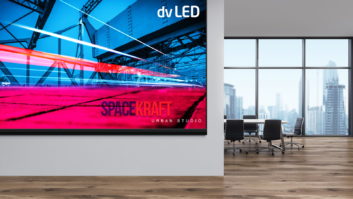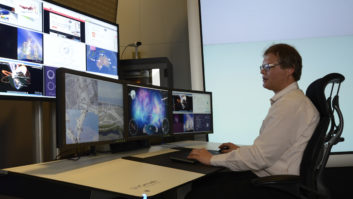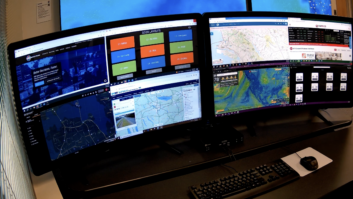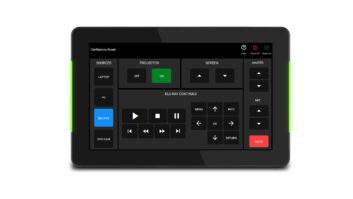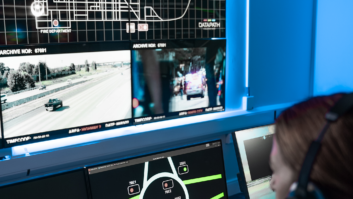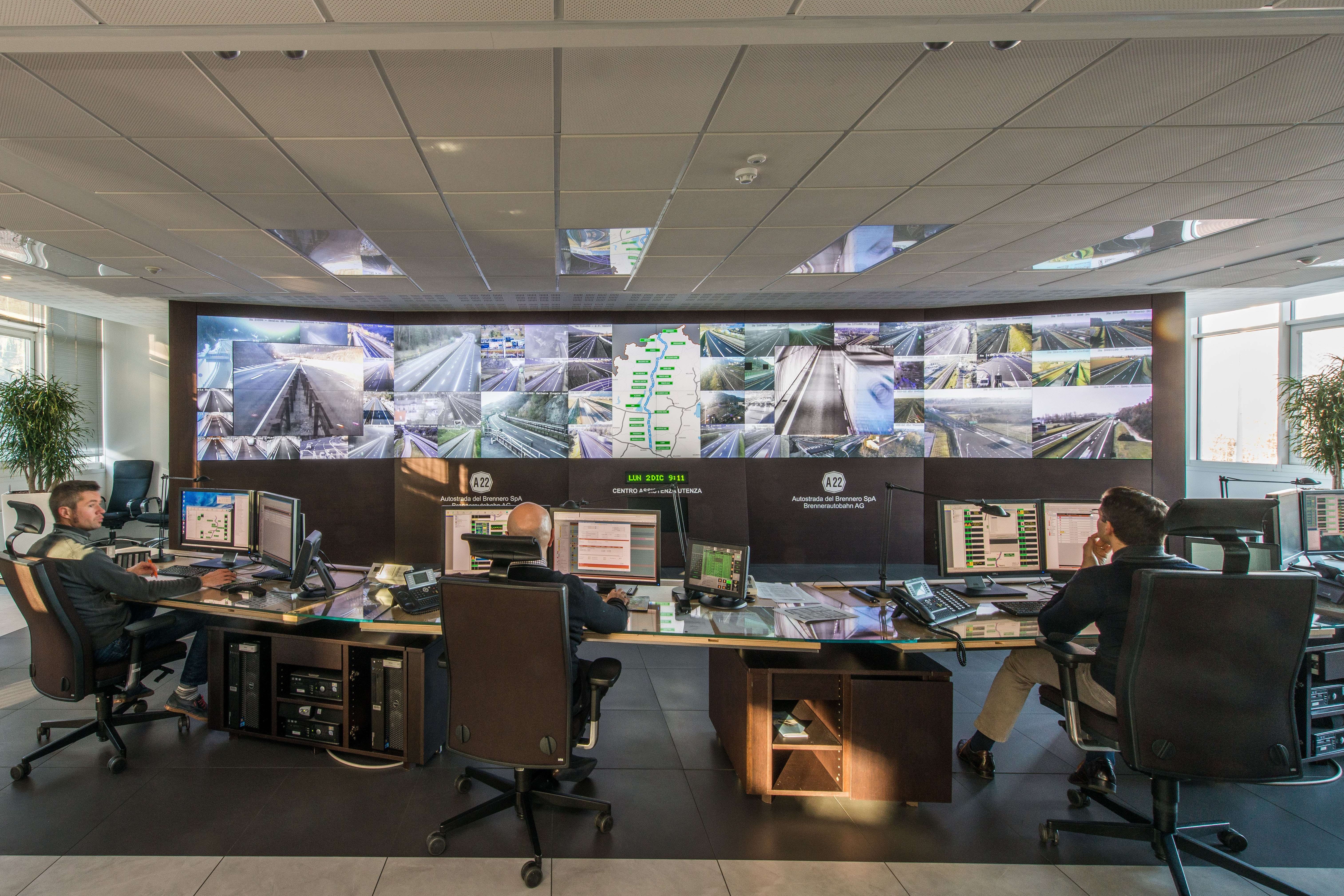
The design of any AV facility can be complex – but when that facility is operating in a mission-critical environment, design challenges multiply. Below are six factors that simply can’t be overlooked when approaching a command and control project:
The design of the control room (three essentials)
Andy Godfrey, principal engineer at worldwide consultancy agency, Atkins: “When it comes to designing a control room. If the user doesn’t like it – and they’ll always be looking for ways not to like it – they’ll never utilise the full potential of a system, regardless of all the clever bells and whistles you’ve designed in. The three most important issues are always ergonomics, usability and reliability.”
The earlier the involvement – the better
Max Winck, marketing manager at eyevis: “Ideally, we get involved at an initial stage of planning the control room. This ensures that we can bring our expertise to bear, and influence the design of the room to a certain extent. If we get involved at a later stage, much depends on the quality and skills of the planner. Most planners and architects do a good job – they know about modern display technologies, system architecture and ergonomics – but sometimes we find projects that show poor knowledge about the necessary integration of AV technology and its requirements.”
As for the integrator…
Jed Deame, VP of marketing at RGB Spectrum: “Before the room is completed, an integrator may reach out to us for help in determining the exact audiovisual components that will be required by the control room system, so that the room design can be optimised accordingly. We can help integrators design customised control room solutions that can be adapted to any physical space in order to accommodate a customer’s specific requirements.”
Central display positioning
Steve Scorse, vice president Europe, Middle East and Africa at SiliconCore: “Control room displays are used for long periods of time, by numerous operators, simultaneously. Therefore, a key element in both the physical and technical design of the room is to ensure an accessible view of the central display from any seat in the room with great off-axis viewing.”
Each project is a snowflake
Annette Häbel, technical communications manager at Guntermann & Drunck (G&D): “It’s a recurring mantra in the industry that no two control rooms are the same. Each installation is unique. There are never two identical control rooms.”
Godfrey: “At all costs avoid the ‘we’ll do what we did at the last place’ mentality,”
Put options on the table
Winck: “In order to find the right solution, we usually invite customers to bring their images and their software systems to our showroom. Showing them different display technologies and different display sizes – i.e. pixel sizes – we can simulate the final result. Of course, the decision is also influenced by the space available.”
Switching technology and KVM systems
Deame: “There is a case for saying that the starting point for the control room system is the matrix switcher, which controls the routing of all system inputs and outputs, and which forms the backbone of the system. The number of sources, control stations, and display devices required will determine the best switcher for the application. RGB Spectrum provides a range of compatible matrix switchers from from 8 x 8 I/O to 640 x 640 I/O, which can be configured to accept copper, fibre or twisted pair connections. These switchers provide a versatile foundation upon which to build the rest of the control room system.”
Versatility, modularity, scalability, flexibility, upgradability: all are much-prized attributes of any control room solution, given a projected lifetime often measured in decades as well as uncertainty about what the future might bring.
Separating the videowall controller from the screens, for example, provides the flexibility to save valuable space.
